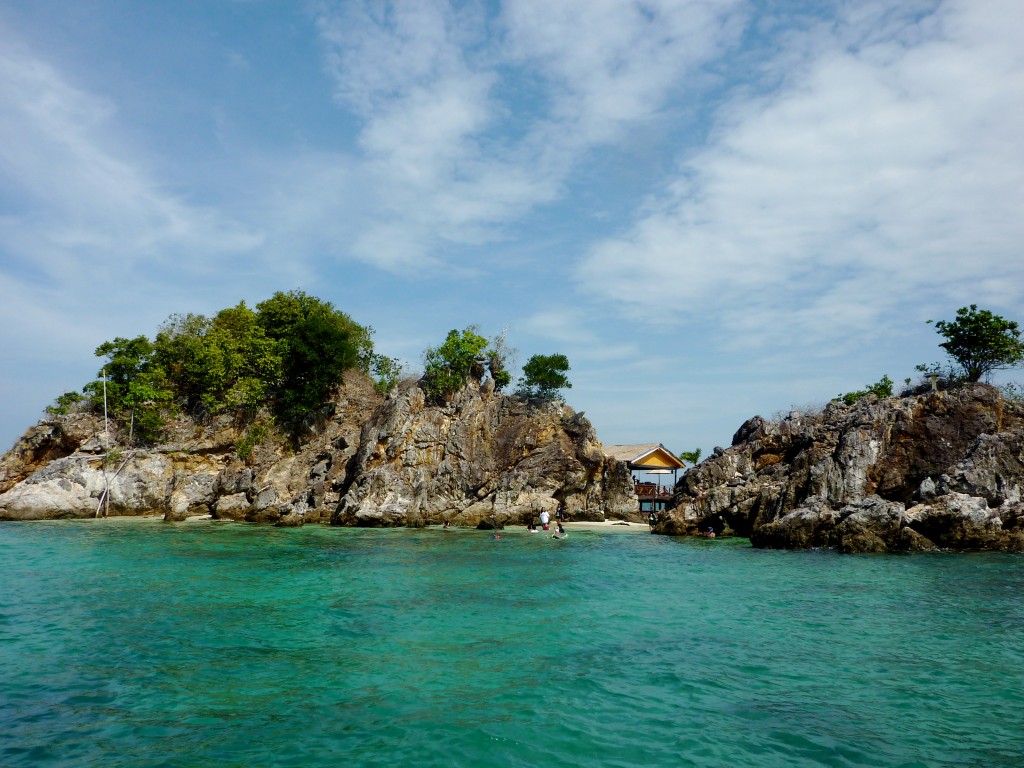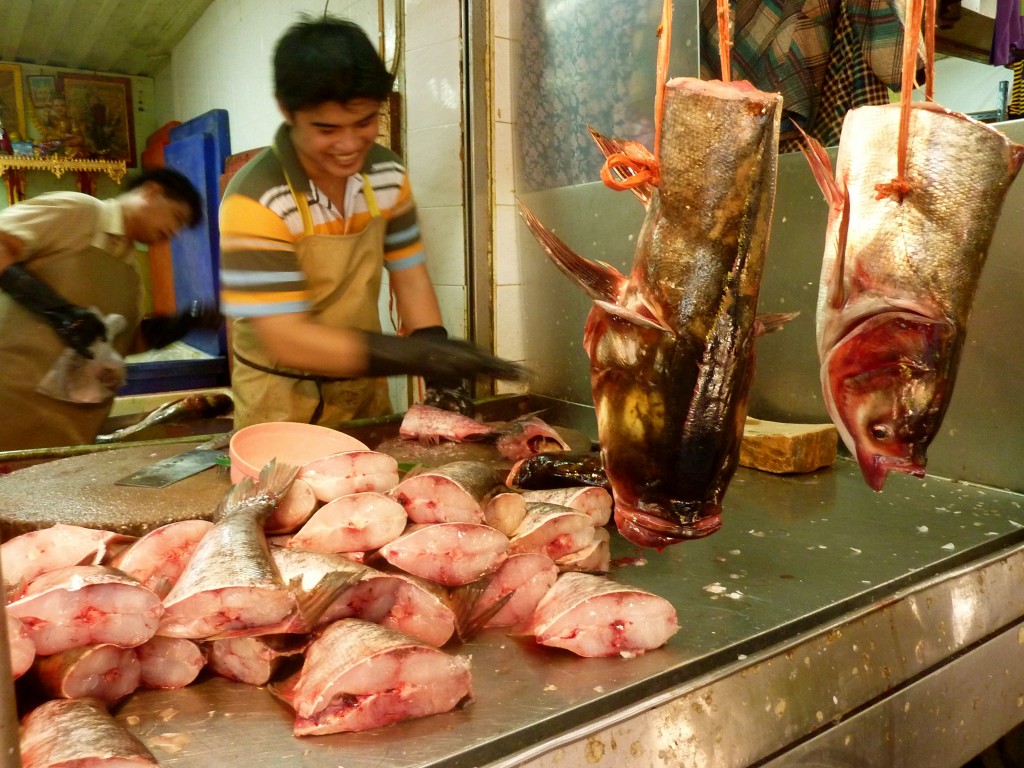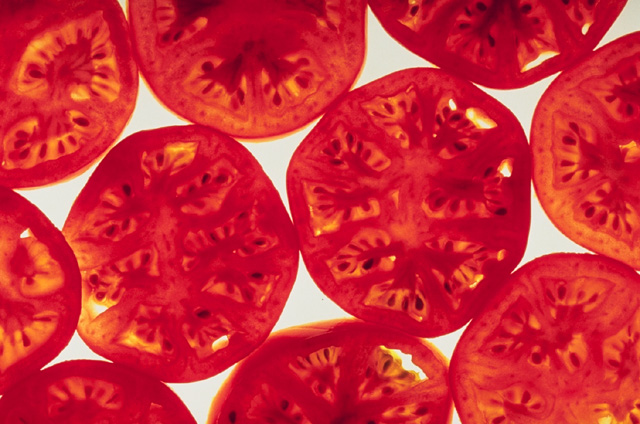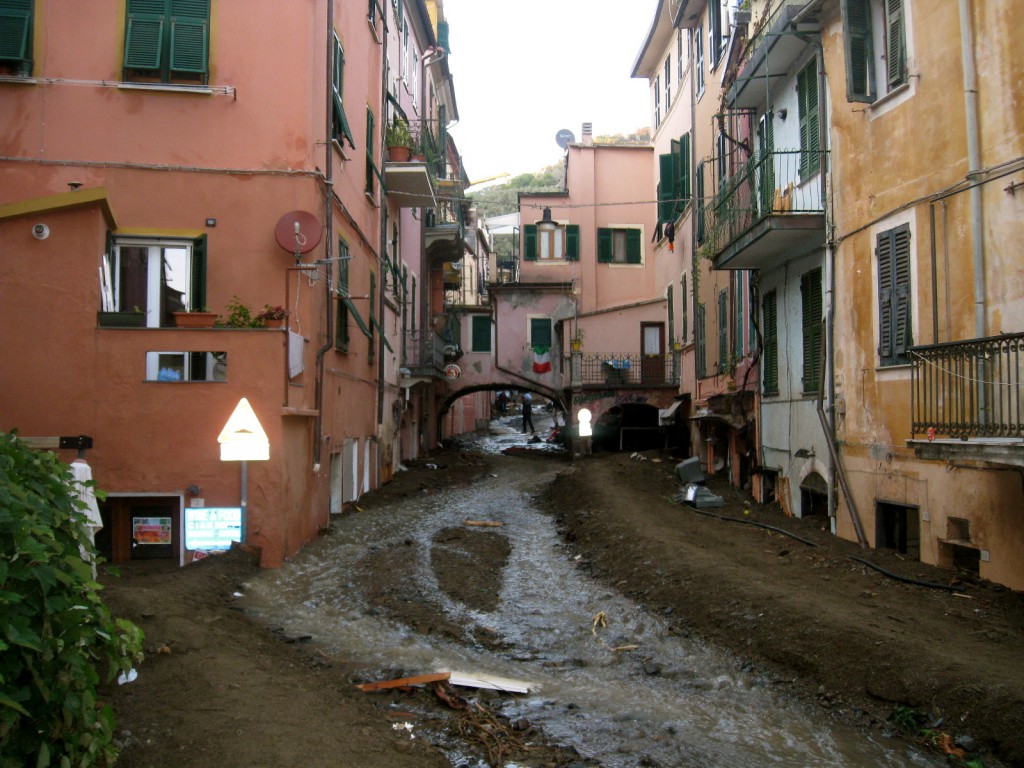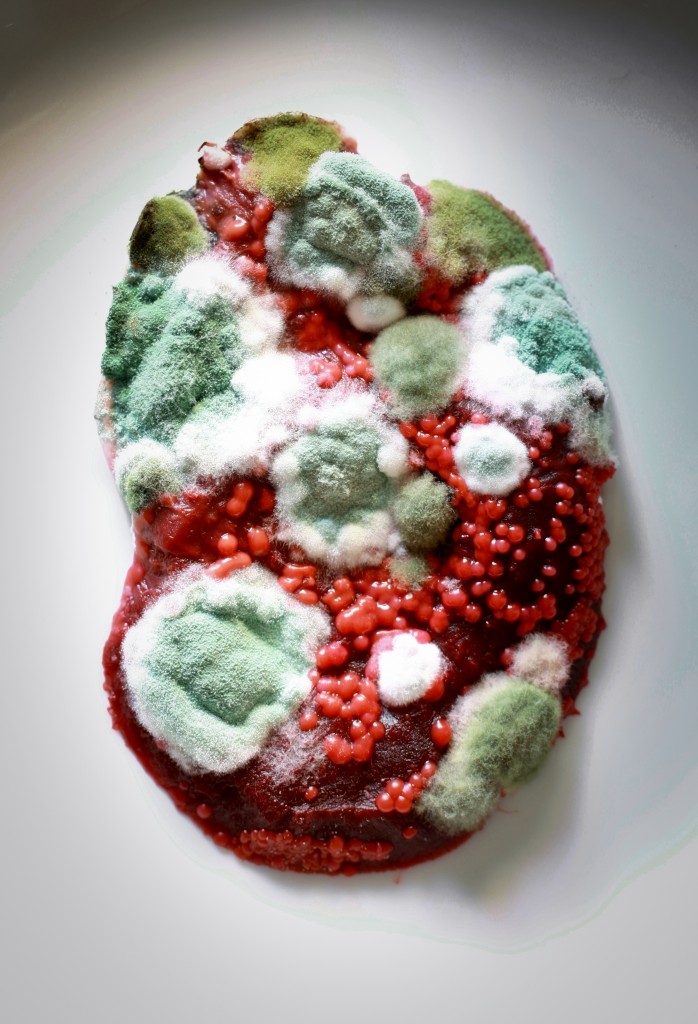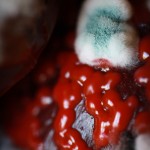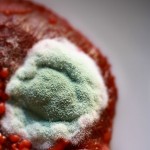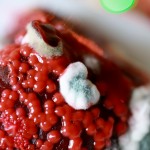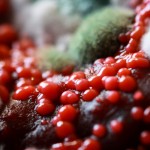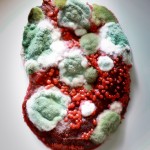by Ben Goldfarb
Here in the US, we like our meat cut from a flank, belly, or shoulder, or we don’t like it at all. Eating an animal’s every esoteric body part is considered uncouth, and perhaps a sign of social deviance – would you let a person who eats brains babysit your child? Elsewhere in the world, however, such industriousness is of course de rigueur.
During the year that I lived and worked in Bangkok, I stuck mostly to standard street fare – som tam, noodle soup, and pad siew all featured prominently in my diet – but I also sampled more exotic anatomy: fish bladder soup and fried pig intestine were pungent highlights. My most memorable epicurean adventure, though, came in Phuket, in the company of chicken feet stew and a Thai woman named Take.
Take and I were teachers at the same private school; she was a stout, jeering person whose English always seemed to be most fluent when she was using it to direct cruel jibes at our students. We co-taught a single, dysfunctional class together, and constantly engaged in passive-aggressive skirmishes to determine which of us could get away with doing the least work. Neither of us had much respect for the other’s teaching abilities, which stood to reason, since we were both bad teachers.
Despite our differences, however, Take extended an olive branch over our New Year’s vacation and offered to accompany me to Phuket. Her aunt owned a seafood restaurant there – we could eat for free, Take assured me, and the food would be terrific. Sure enough, the night we arrived in the city, her aunt served us calamari rings wide enough to bracelet my bicep and a flakey, unidentifiable whole fish with teeth like syringes. It was an extraordinary meal, but Take assured me the best was yet to come. “Tomorrow,” she said, “we eat something very, very good.”
The next day – New Year’s Eve – Take and I drove her motorcycle out to a nearby suburb. More accurately, she drove, with the grim abandon of a person who has come to grips with the prospect of dying in a fiery motorbike crash. I clung to the back of the bike like a gargoyle, a pale blue HelloKitty helmet athwart my noggin, mentally composing a last will and testament. The day was hot; the ride, dusty. Occasionally we’d round a bend and catch a glimpse of the ocean, and a thirst would scrape at my throat – and then Take would lean into the next curve so hard that I could feel the G-forces compressing my vitals, and the ocean would disappear.
At last we came to a tiny roadside stall decked out with plastic furniture and a green awning. Take swung from the bike and spoke rapidly to the withered proprietor, who promptly busied himself with some silver vats and ladles and other, more obscure equipment. I collapsed into a chair that bowed under my weight and de-dusted myself.
Moments later, chicken feet stew arrived before me, steaming.
The presentation of the stew was impressive, in the gleaming and terrible way that, say, a cache of machine guns is impressive. There was no getting around it: the stew looked frightening. My bowl brimmed with fierce, denticled talons that seemed still capable of scratching out the eyes of an incautious farmer. I fully expected a claw to spring to life, clutch me by the wrist, and plea that I spare it the acidic rigors of my digestive tract.
“Come on, guy,” Take scoffed. “Come on, guy” was Take’s favorite reproachful phrase whenever I was being particularly obtuse in the classroom, such as when I failed to understand that telling our students they were ugly was actually good pedagogy. She must have seen the trepidation in my face, because she said, “You scared? You eat.”
I resolved not to show Take any signs of weakness, and I looked for a point of entry into the stew. But a conundrum faced me: how to eat the feet? The feet were essentially skeins of rubber stretched over a lattice of fine, inedible bones – tarsals and metacarpals and phalanxes that seemed expressly designed to choke diners. I began meticulously removing shreds of plasticine skin from the tiny bones, no doubt expending more calories in surgery than I stood to gain in consumption. It was a task for scalpel and forceps – even knife and fork would have been inadequate – yet I undertook the operation armed with only a plastic ladle and a set of wooden chopsticks. I might as well have tried to defuse a bomb with a hammer and chisel.
Five laborious minutes later, I’d picked pebbled skin fragments from only two toes. The cairn of bones teetering on my plate was an unjustly miniscule monument to my tenacity.
My struggles seemed to arouse a complex oleo of emotions within Take – amusement, amazement, and embarrassment all vied for the attention of her features. Finally she took pity on me. “You doing it wrong,” she sighed. “Like this.” She picked a foot from her bowl and sucked hard at one of the claws, then pulled it from her mouth with a dramatic flourish. The bone was clean. Take tossed the skinned foot aside. She grinned, and I was reminded of a velociraptor. “It’s so easy… why you can’t do it?” She pushed back from the table to fix me with her flat, exasperated gaze.
“I’ll try,” I said, duly shamed.
The chicken feet, it turned out, were less than scrumptious even after I’d been shown the proper method. They were rubbery, of course, and flavorless. The myriad bones, I learned, weren’t big enough to choke me, but still felt damned unpleasant rattling down my esophagus.
What’s more, the dish came packed with lueh: suspicious cubes, the color of charcoal and the texture of tofu, bobbing within the stew like fleshy icebergs. The iceberg analogy didn’t end there, either, because lueh, which crops up in many Thai soups and stews, is as likely to scuttle the appetite of an unsuspecting eater as a submerged glacial mass is to sink a tanker. Lueh’s composition is as unsavory as its appearance: the gray blocks in my stew were congealed pig’s blood.
I’d only tried lueh once, but that lone sample was enough to convince me that I never needed to try it again. I can’t come up with a more suitable adjective than rancid. Still, I wondered at the time, and still do wonder, how much of my revulsion had psychosomatic origins. There was something about the phrase “congealed pig blood” – couple it with the word “gelatinous” to maximize nausea – that gave me the willies. Objectively, I understood that eating blood was neither more nor less foul than eating any other part of an animal’s body. In fact, one could argue that eating blood is more natural than consuming the mystery meats found on western menus: every fool knows what blood looks like, but could anyone besides a meat packer identify the bacon on a dead pig?
Nonetheless, rationality lost out to whatever cultural proscription forbids blood from the American diet. I could never stomach a single lueh blob during my time in Thailand – even the sight of one wobbling on a soup spoon was enough to dampen my appetite. Indeed, though my Thai never progressed beyond the level of “flailing tourist,” there were two words I never failed to pronounce impeccably: Mai lueh. Hold the blood.
Avoiding the blood cubes, I finished my soup, and rendered my chicken feet into a heap of clean, yellowed bones. “You like it?” Take demanded, peering across the table at my face. The afternoon was turning orange, and Take’s motorcycle, parked in front of the stall, cast elaborate shadows that lapped at our feet. Roosters pecked at the side of the road, methodical as oil derricks.
“It was very interesting,” I said, and I meant it.
Take clucked and waved a dismissive hand at me. “This place is the best, and you no like,” she said in disbelief. You philistine. She sucked thoughtfully on a claw and stared out at the motes of dust that hung between us and the red sun. I poked at my uneaten lueh.
We paid for our stew and remounted, cruised down from the suburbs and back into the city. Plastic bags kicked up in our wake and tumbled behind us. Shirtless, sunburnt white men wandered out of pizza joints that substituted ketchup for tomato sauce. The sun touched the ocean. It was New Year’s Eve in Phuket.
Ben Goldfarb is a Master’s student at the Yale School of Forestry and Environmental Studies. He is also a freelance writer who frequently contributes articles on environmental topics to a number of publications, both within Yale and elsewhere.

